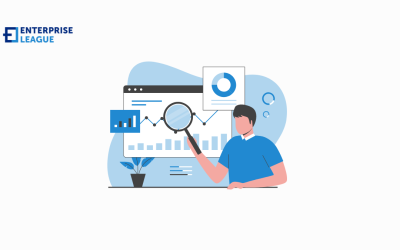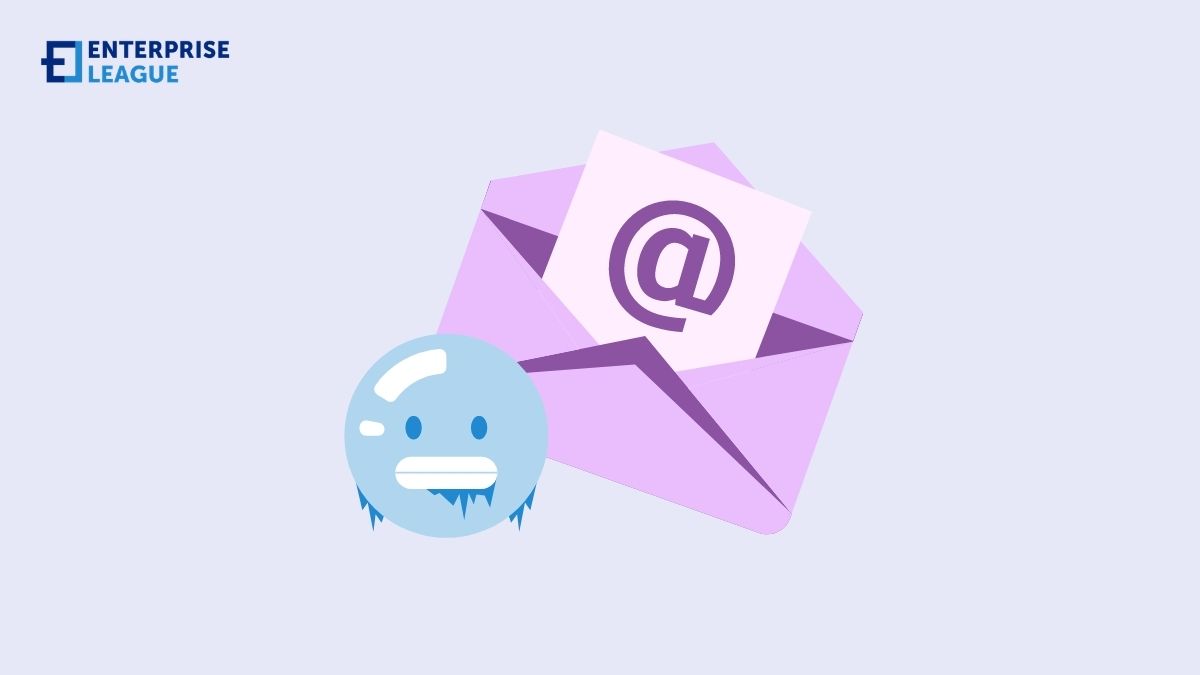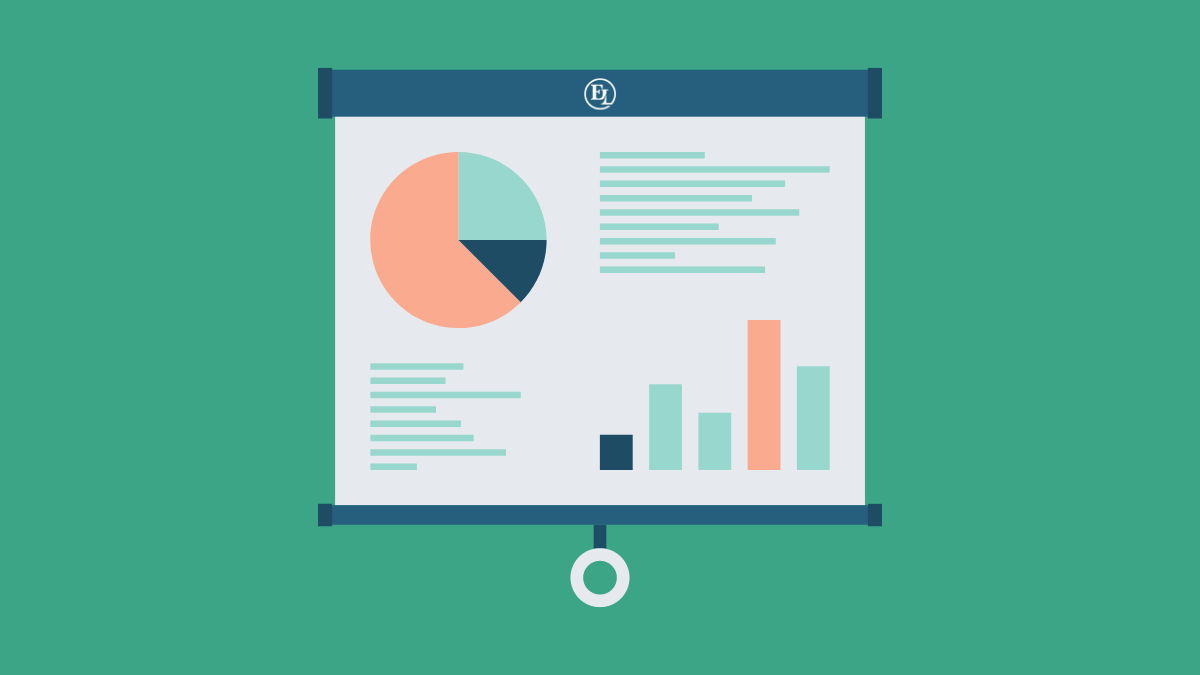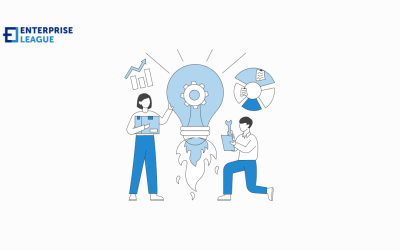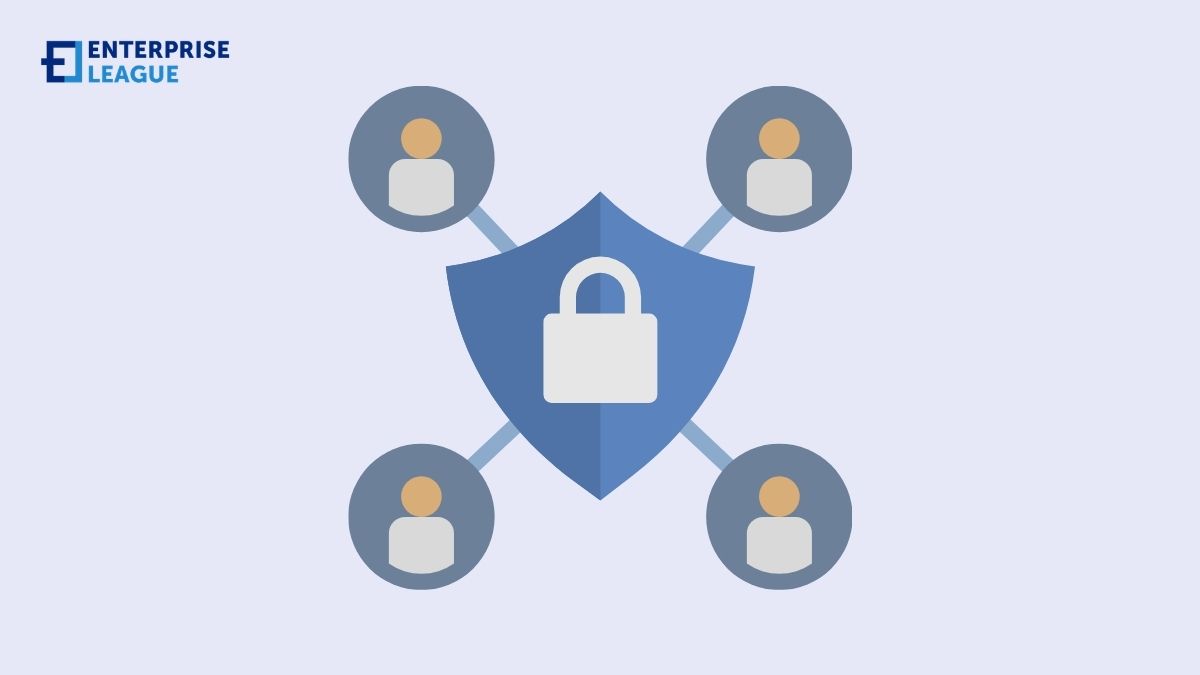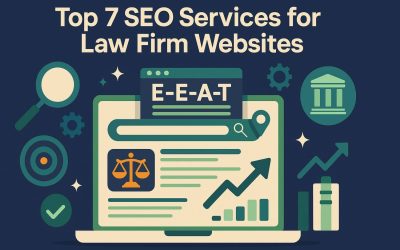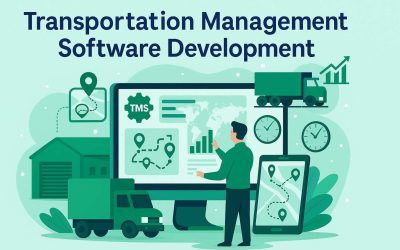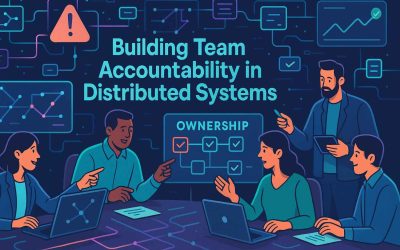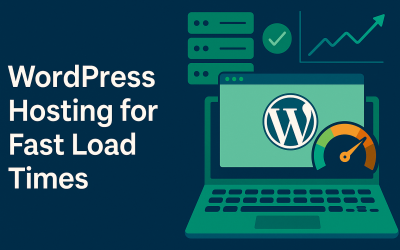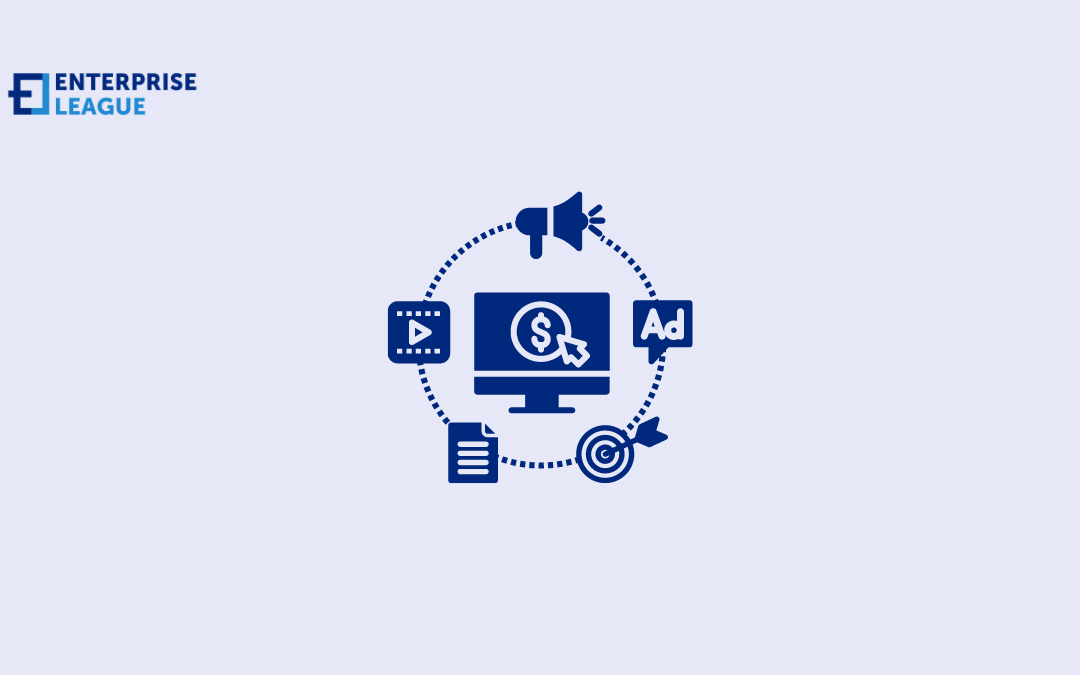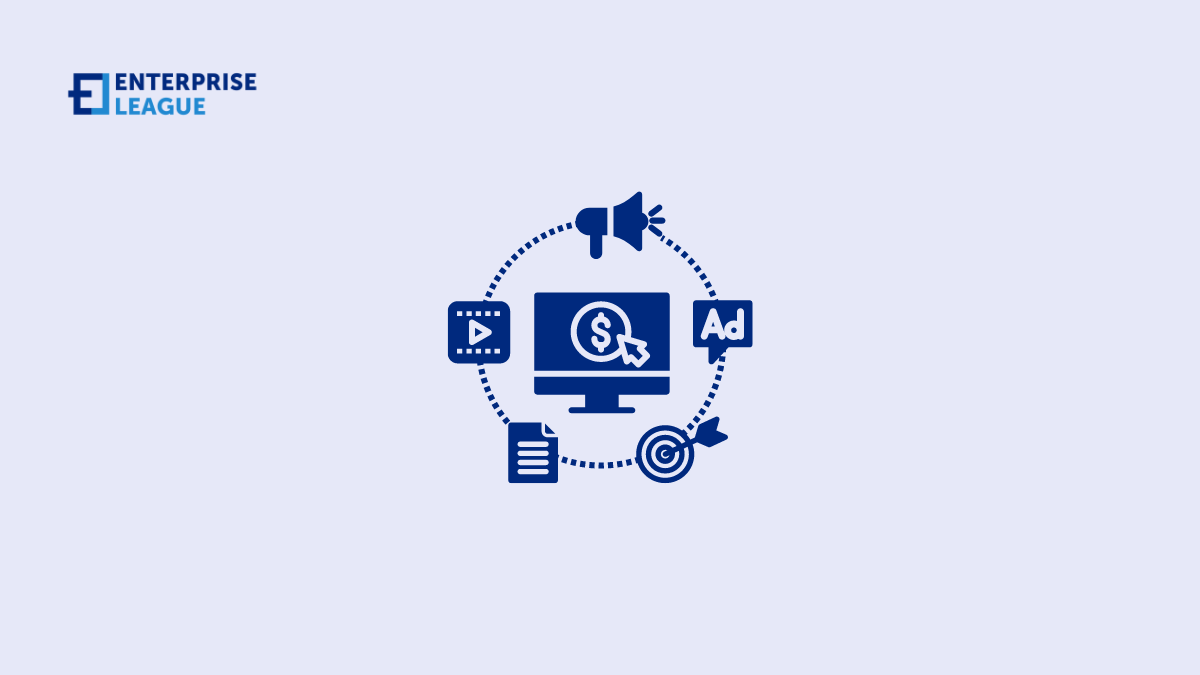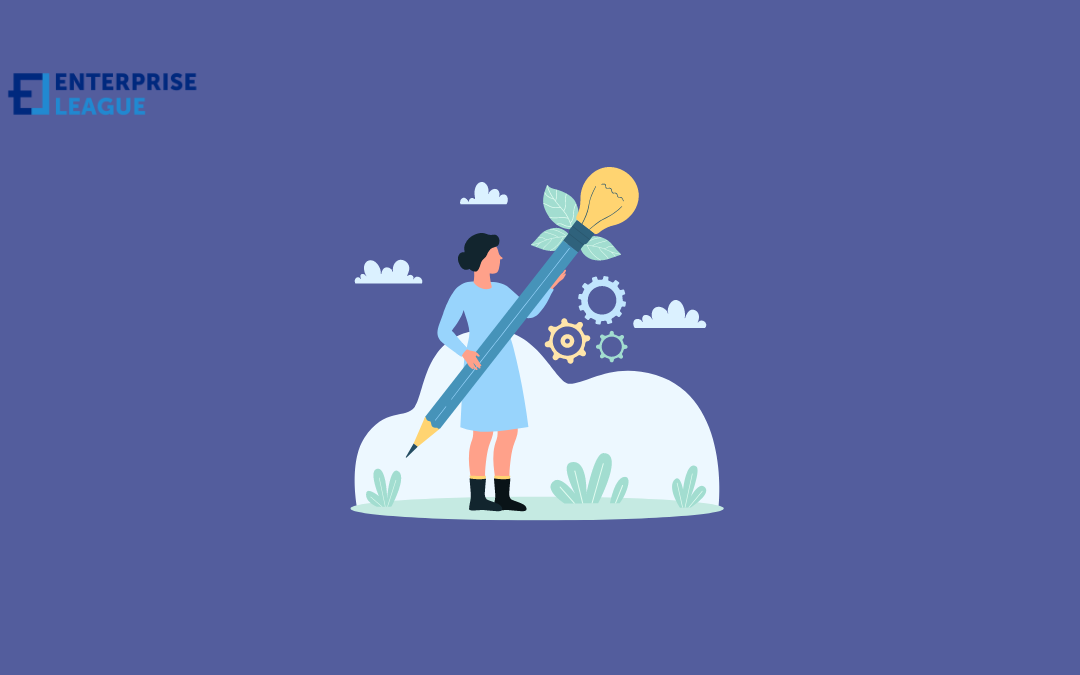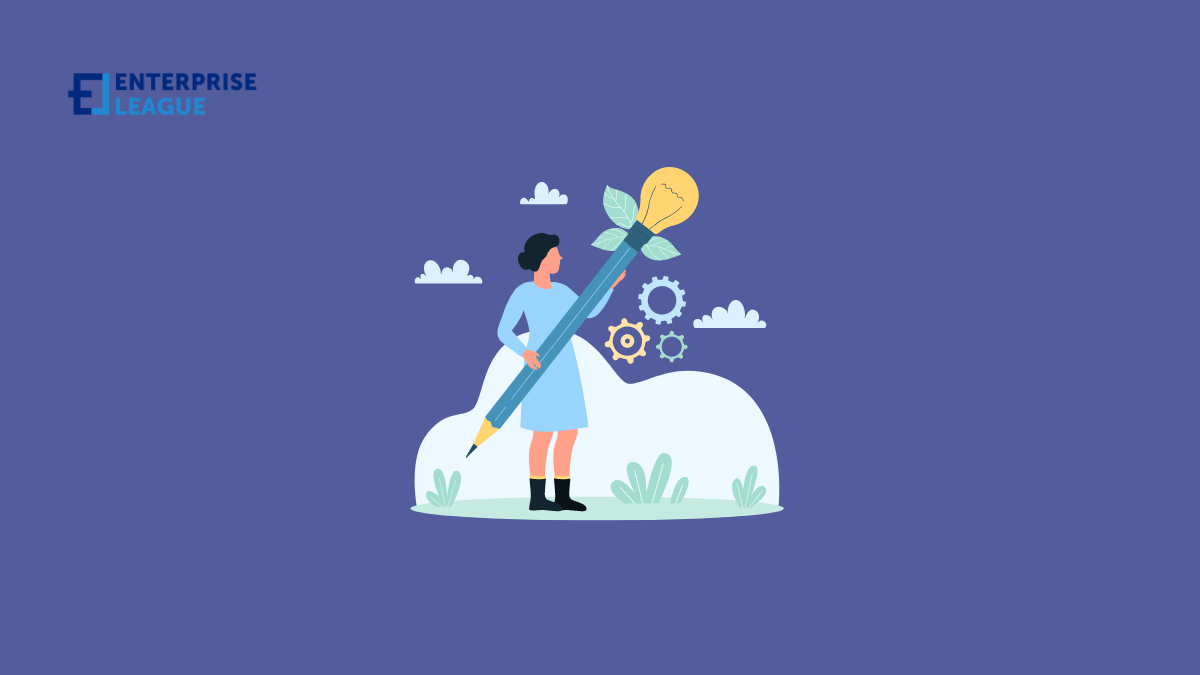Are you craving growth but don’t know where to start? Check these small business growth tips from seasoned experts and reach the next level.
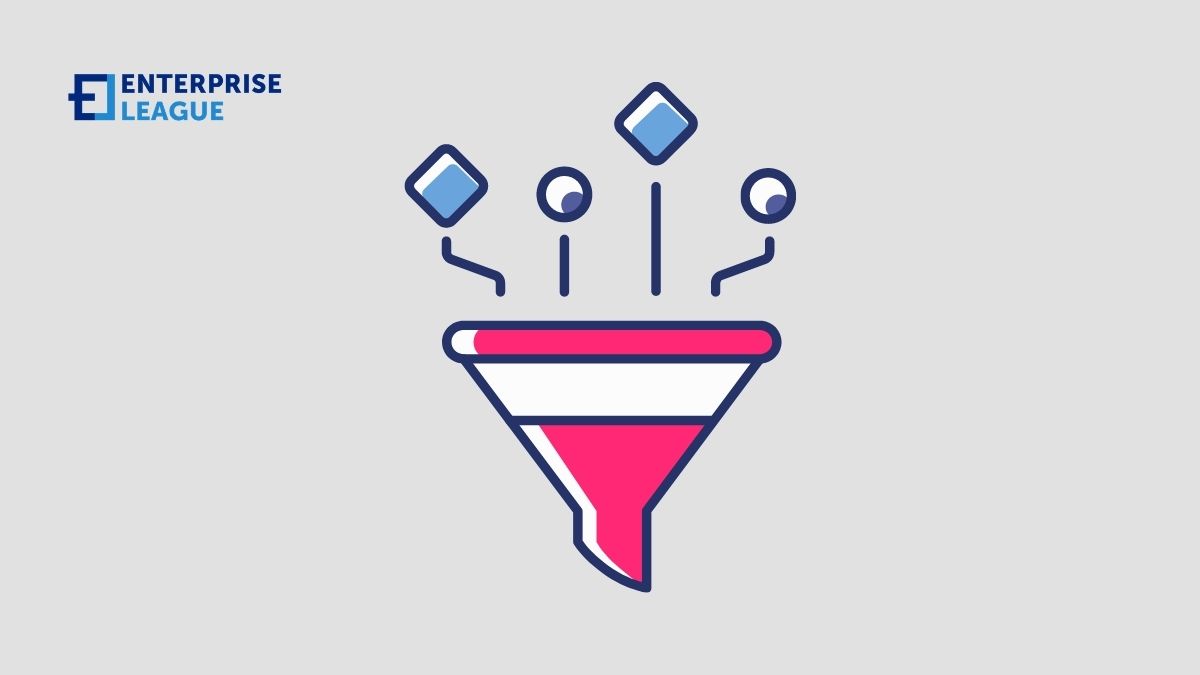
Creating content marketing funnel for small businesses
Creating a content marketing funnel for small businesses has emerged as one of the most effective ways to market a product or service. However, new entrepreneurs and small business owners are often so engrossed with getting a positive ROI from their paid marketing funnels that they overlook other forms of the marketing funnel.
From the point of view of a small business owner, focusing on paid advertising funnels and overlooking organic marketing with a content funnel makes sense, but only when you focus on short-term goals. On the other hand, entrepreneurs with a long-term vision and desire to build a sustainable marketing mix will discover how to grow their business with content marketing at some point.
Benefits of the content marketing funnel for small businesses
There are countless statistics that prove the incredible potential of content marketing. Here are a couple:
- B2B companies that have a blog and post blog content consistently generate 67% more leads than their competitors that don’t have a blog.
- Companies and marketers that prioritize blogging are 13 times more likely to achieve a positive ROI from their marketing dollars.
However, even if we ignore this just for a second and look at how the content marketing funnel for small businesses works differently from paid advertising, you’ll understand why it is an amazing thing. There are actually two significant differences between content marketing and paid marketing.
The first one is the upfront cost. To get any kind of results from your ads, you don’t need much of a budget. However, producing content is often an expensive undertaking, especially if producing high-quality content is high on your priority list.
With that said, the upfront content of producing content is higher but it isn’t a recurring cost. Sure, you may have to pay your content vendor or dedicate a resource to content production for a few weeks or a month but after a point, this investment will not be as intensive.
The case with paid advertising is different because even the low upfront cost is actually a recurring cost. The moment you stop feeding money to your paid campaigns is the moment they will stop producing results.
The second difference between content marketing and paid advertising is the time it takes to realize results and a positive ROI. With paid advertisements, the results start showing relatively quickly. Within a week or ten days, you can collect enough information to optimize your efforts and get a positive ROI.
With a content marketing funnel for small businesses, getting results will take time. However, let’s say that one of your content pieces starts ranking on the first page of Google for a lucrative keyword. In this case, the returns from that content will be virtually evergreen. The best part is that you will not have to actively optimize anything in order to get these results.
Create a content marketing funnel for small businesses correctly
After establishing that long-term growth can be achieved, follow these guidelines to make sure you fully understand the content marketing funnel for small businesses. Implement the strategy in your business and start working on your growth right away.
Understanding the buyer’s journey
The most critical part of perfecting your content marketing funnel for small businesses is to understand your customers and how they end up becoming your customers. If you are reading content marketing funnel tips, a good sign that the content is actually valuable is to see how much stress has been put on building buyer personas.
Understanding this journey from being a prospect to becoming a customer will help you understand what kind of content will resonate with prospects at different times.
For most products and services, the customer journey can be divided into the following stages:
- Awareness: This is where the prospect becomes aware of a problem that they have. After becoming aware, the prospect usually starts researching their problem and its possible solutions.
- Consideration: By the time your prospect reaches the consideration stage, they have usually identified the solution. Now, their concern is choosing the solution that is best suited to their needs.
- Purchase: If all goes well in the consideration stage, the prospect moves to the purchase stage and converts into a paying customer. But your job isn’t done!
- Post-purchase: The post-purchase experience starts the moment the sale is concluded. The quality of this experience plays a critical role in deciding whether a customer will run off to never return or become a happy customer that spreads positive word-of-mouth about your brand.
While a variety of experiences can be used to interact with prospects and customers in the different stages of the buyer’s journey, content is definitely the most versatile asset for this purpose. That’s perhaps why almost half of the marketers surveyed said that they use dedicated content to support three to five buying stages.
Content for the awareness stage
From a marketing standpoint, your objective with your content for the awareness stage should be to validate the problem that your prospects have identified and highlight the fact that it needs to be addressed.
However, there is a hidden benefit of producing awareness stage content. By the time your prospect starts researching solutions to their problems, your brand will already be positioned in their minds as an authoritative source of credible and valuable information. So, considering that, informational is the kind of content that will work best for your business.
Since your prospects are in research mode right now, educating them about their problem and the possible solutions is the best way to become visible to them.
To this end, you can produce “how-to” guides in the form of videos or blog posts, articles, and even infographics. “How-to” guides are actually one of the most popular forms of content used by marketers in the awareness stage.
This is also the stage where you should think about lead generation. A lead magnet is an offer that enables you to collect the personal information of your prospects. This way, even if the content you are producing is not able to reach them, you can reach out to interested prospects by email marketing.
What kind of content qualifies as a lead magnet? Anything that your audience will find valuable enough to give up their email address. From a whitepaper with findings from original research to a detailed ebook, lead magnets can take a number of forms. Which one works for you, depends on who you are targeting and of course, your current content production budget and capabilities.
Content for the consideration stage
The number of prospects that graduate from the awareness stage will only be a fraction of the people you attracted. However, the people present in the consideration stage are very likely to purchase the product or service that you offer. Content will help you ensure your customers purchase from you instead of choosing your competitor.
Half of the job was done in the awareness stage when we shared useful content with our audiences. We have already established ourselves as a trustworthy brand that provides valuable information. All that’s left is to prove that yours is also a trustworthy brand that offers a valuable service or product.
For this purpose, content assets like case studies, feature comparisons, product demo videos, and client testimonials work amazingly well. Each one of these either shows your prospects how well your product or service performs in the real world or shows people benefitting from your product or service.
This practice of using a content marketing funnel for small businesses and experiences to nudge prospects towards a desirable action is called nurturing. While publishing nurturing content on your website and social media channels is a great idea, it often makes the most impact when shared through email.
This is why you were asked to create a lead magnet in the awareness stage. Once a prospect has shared their email address with you, you can assume that they have moved into the consideration stage and can start sharing nurturing content with them.
Content for purchase stage
At this stage, equipping your sales team with supporting content will make their job easier and the chances of conversion higher.
Content like original whitepapers, case studies, and documents outlining the use cases of your product or service will work well at this stage. It is also a good idea to create video testimonials with your best customers that you can share with interested prospects right before they speak to a sales rep.
Content for post-purchase stage
Once a prospect converts, the post-purchase stage starts. Delivering whatever features and services you have promised to them in the previous steps are given here. This is the stuff that your customers expect from you. It is the bare minimum that you are expected to do.
Hence, your objective at this stage should be to delight them. And in addition, to do that you have to create a delightful experience and content is an excellent tool for the same. The most basic content-related necessity of this stage is to have a delightful post-purchase email sequence in place.
To set yourself apart, take it a step forward and follow up the ‘thank you’ email with a series of instructional emails that enable your customers to achieve success with your product or service. At the end of the email sequence, send out a feedback form that will help you in improving your post-sale experience.
Speaking of customer success, you can also use content to help your customers make the best of your product or service. When they are able to do that, their experience with your brand will automatically improve.
Prioritize
So, that’s a lot of content that you will have to produce and that’s one of the most common challenges that prevent small businesses with limited budgets from enjoying the benefits of content marketing. Luckily, with a little bit of planning, it is possible to overcome this challenge.
The key here is to prioritize. Sure, content for all the stages is important. However, depending on your current needs and content production capabilities, your priorities may vary.
For instance, if you are just starting out, getting more visibility and feeding your content marketing funnel for small businesses more and more leads may be important for you. If this is the case, you must prioritize creating top of the funnel or awareness stage content.
Besides prioritizing your content production efforts, you can also make use of nifty content distribution techniques like content syndication. Such techniques allow you to make the maximum impact with whatever volume of content you produce.
Conclusion
If approached with the right mindset, your content marketing funnel for small businesses can rise to be the most powerful weapon in your brand’s marketing arsenal. All you need to do to avoid producing content that isn’t impactful is to work with a solid goal in mind and develop an equally solid plan to achieve that goal. Fortunately, the information shared in this guide will help you formulate the right kind of content strategy for your brand.
More must-read stories from Enterprise League:
- The golden rules you need to build a steady buyer-seller relationship.
- Small business ideas that will steal your attention.
- Here are 15 creative guerrilla marketing ideas to take your business to the next level.
- 26 inspiring support small business quotes.
- Entertaining and educational: entrepreneurial lessons in the best business movies.
Related Articles
30 small business growth tips that have been proven effective
15 expert cold emailing tips to help you convert more
Learn about these cold emailing tips that experts shared to help you to convert more. 15 proven tips on how to write cold emails that actually convert.
12 critical B2B marketing KPIs to keep track of
Although often overlooked, measuring these B2B marketing KPIs are crucial to executing a strong marketing strategy. Are you already keeping track of them?
Business development tips for junior professionals
In this article we will discuss more about business development strategies and tips for junior professionals, from networking to using digital tools.
11 family business ideas for starting a family-owned company in 2025
Do you have some brilliant family business ideas, but you don’t know how to incorporate them into a business? This article will show you what you need to know.

